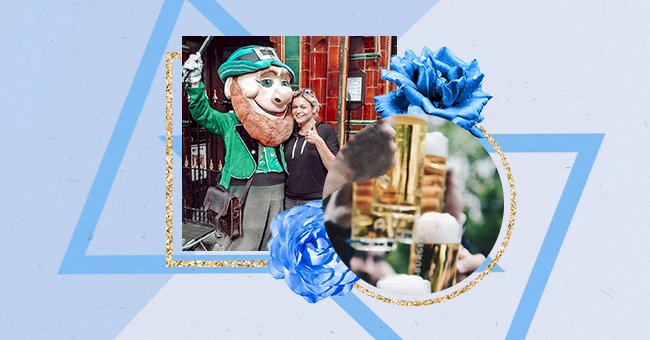
Happy Paddy’s Day! 5 Interesting Facts About St. Patrick's Day
Do you know the history behind St. Patrick’s Day? Here are five interesting facts about the patron saint of Ireland.
Millions of people around the world celebrate St Patrick's Day on March, 17 — the patron saint of the Emerald Island also known as Ireland. But for the Irish people, it’s more than a banking holiday. It is a celebration of Irish history and culture, and is a national holiday in the Republic of Ireland and Northern Ireland.
Who was Saint Patrick?

Photo by Drew Beamer on Unsplash
St. Patrick is known for bringing Christianity to Ireland in the fifth century. But he hasn’t Irish though — he was actually born in Roman Britain! At 16, he was sent as a slave by the Irish raiders to Northern Ireland.
During these years living as a shepherd, he deepened his Christian faith and went on and spread Christianity to the Irish through baptism and confirmation.
St. Patrick became popular through some urban legends. The most famous one was the one about him driving snakes out of Ireland. But the chances are it didn't happen because it's unlikely there ever were any snakes in Ireland.
Why the shamrocks?

Photo by Quentin Rey on Unsplash
The three-leaved plant, symbolic of Ireland and St Patrick's Day, represents the Holy Trinity of the Father, Son and Holy Spirit. The three leaves of a shamrock are also said to stand for faith, hope and love. St. Patrick is often pictured holding a shamrock.
Why do people wear green on St. Patrick’s day?
Ireland, also referred as the Emerald Island, wasn’t always associated with the color green despite the country’s lush hills and green landscape. When Henry the VIII claimed himself to be king of Ireland in the 1500s, his flag was blue, associating Ireland with the blue color as well.
The color green was later used as the color of the flag in the Great Irish Rebellion of 1641 when the Irish fought against the English. Over the years, green became a national symbol of pride for Ireland.
What about the leprechauns?
They are believed to be a part of another piece of famous folklore, which began circulating among the Celts in the eighth century. Leprechaun derives from the Celtic word “luchorpán” which means small body.
According to Trafalgar, Ireland’s trickiest fairies “Are famous for being the cobblers of the fairy world and their name is also associated with the old term “’leath bhrogan,” meaning shoemaker. This profession is what earns them their iconic pots of gold.
What happens on Saint Patrick's Day?

Photo by Des Récits on Unsplash
On the most traditional Irish holiday, people take part in parades and dancing, eat Irish food, enjoy huge firework displays and drink lots of beer!
The day is also famous around the world for people wearing shamrocks, dressing up as leprechauns, and wearing all green. Dublin's famous St Patrick's Parade often features bands from around the world.